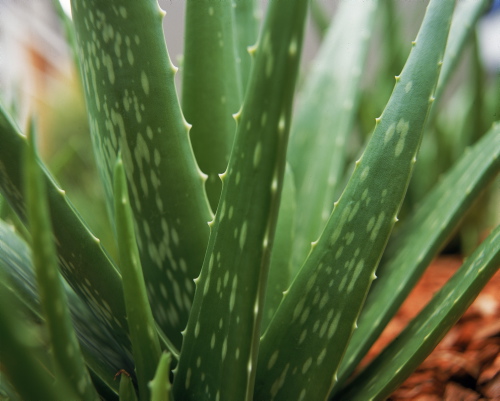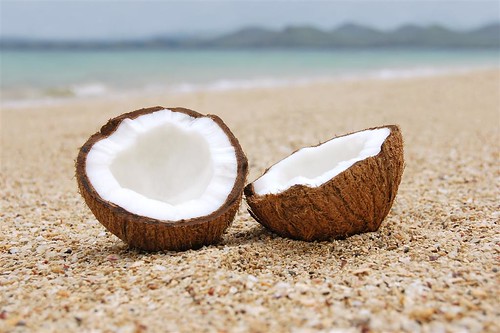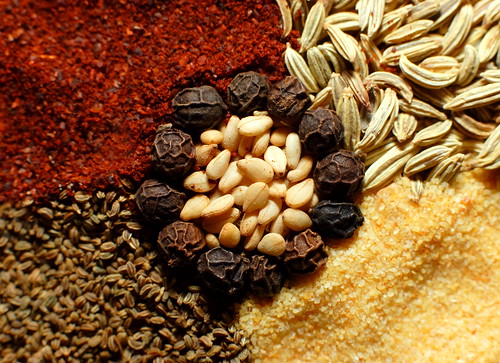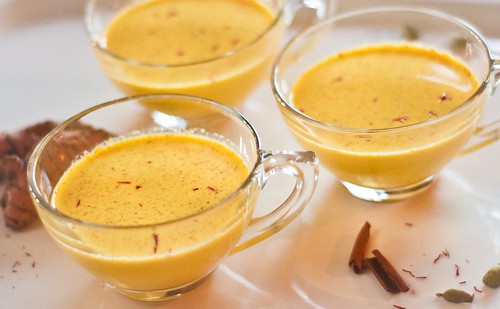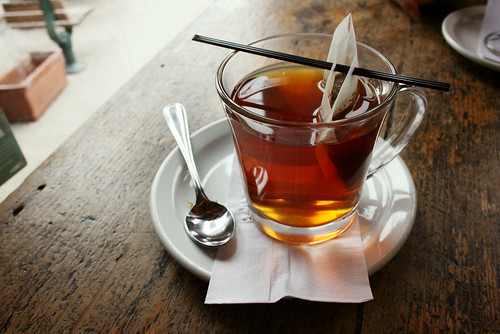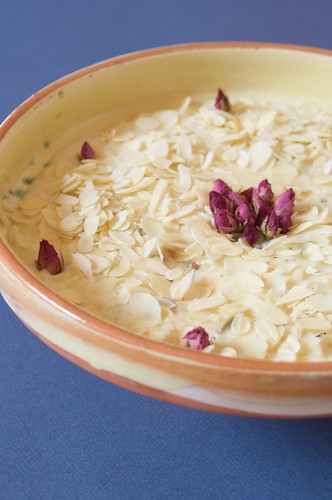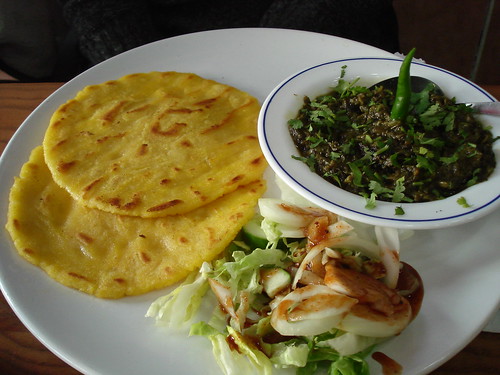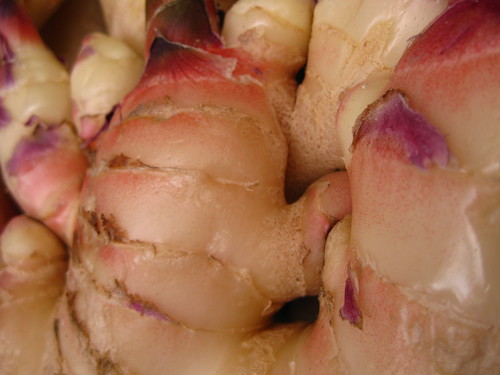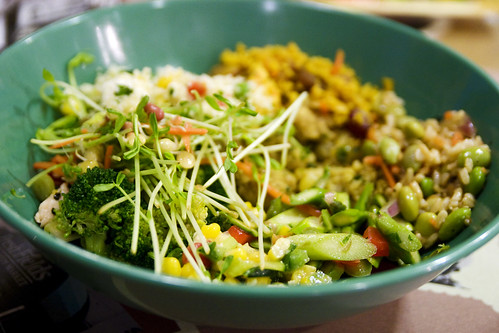VATAS need sweet and juicy fruit (bananas, berries, grapes, kiwis, mangoes, melons, oranges, pineapples) and are best avoiding dry or crunchy fruits (raw apples, cranberries, pears, dried fruit and raisins).
PITTAS need sweet, dry fruits (apples, apricots, cherries, dates, figs, melons, prunes, raisins) and should avoid sour, juicy or astringent fruit (bananas, sour berries, grapefruit, lemons, peaches, rhubarb, tamarind, strawberries).
KAPHAS do best with dry, sour fruits (apples, apricots, cranberries, grapes, lemons, peaches, pears, prunes, raisins) and should avoid sweet, heavy fruits (bananas, coconut, dates, kiwis, mangoes, melons, oranges, pineapple).
